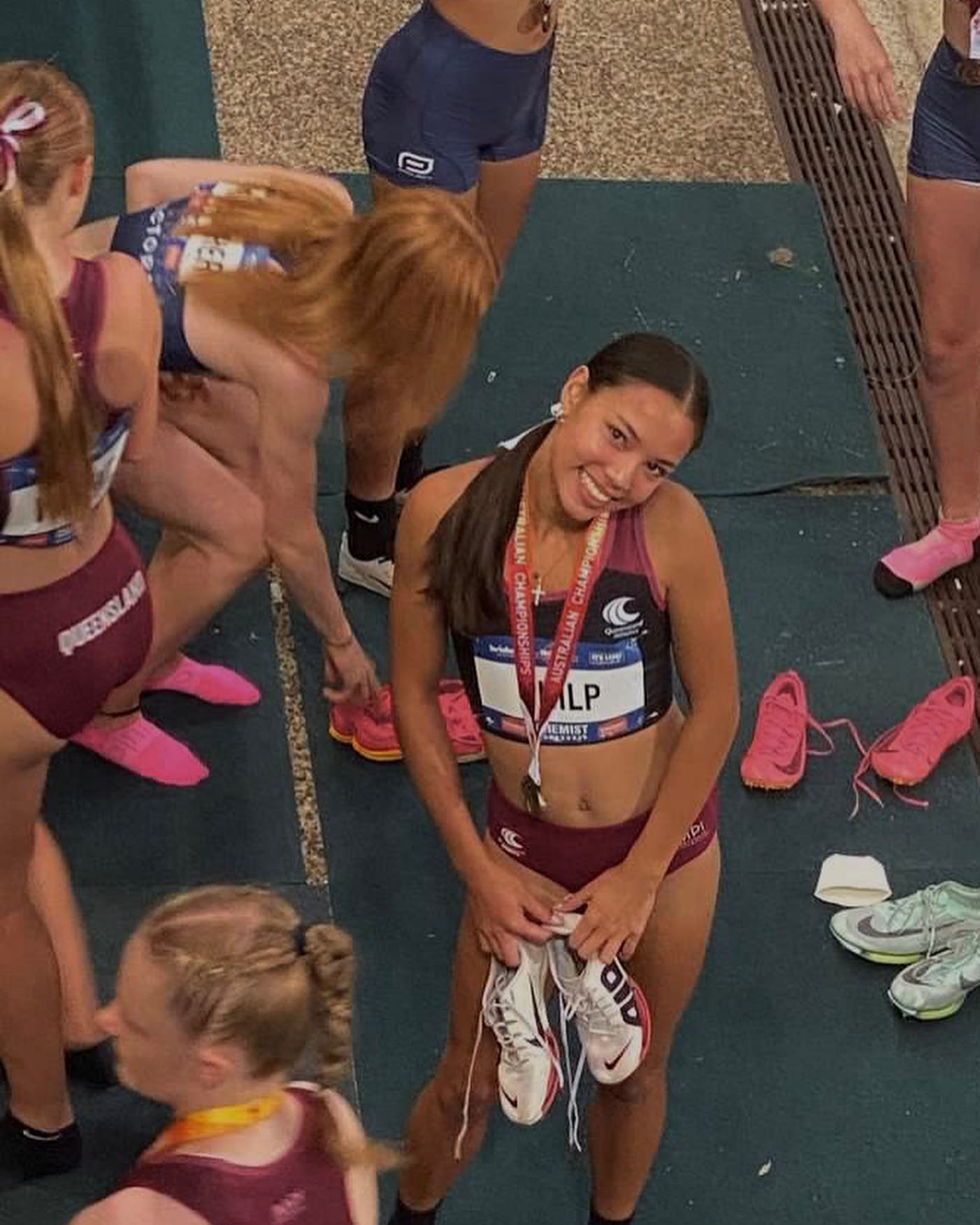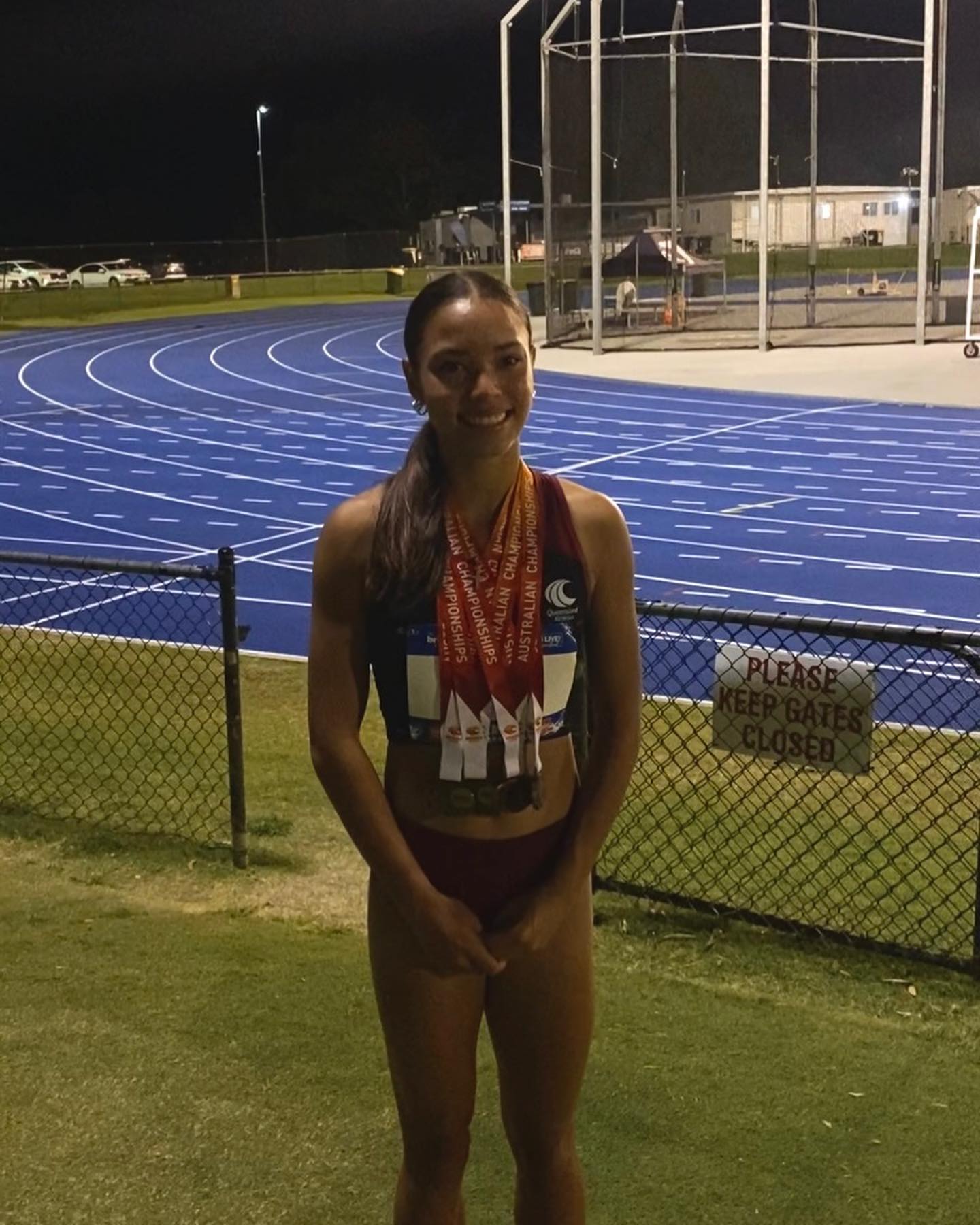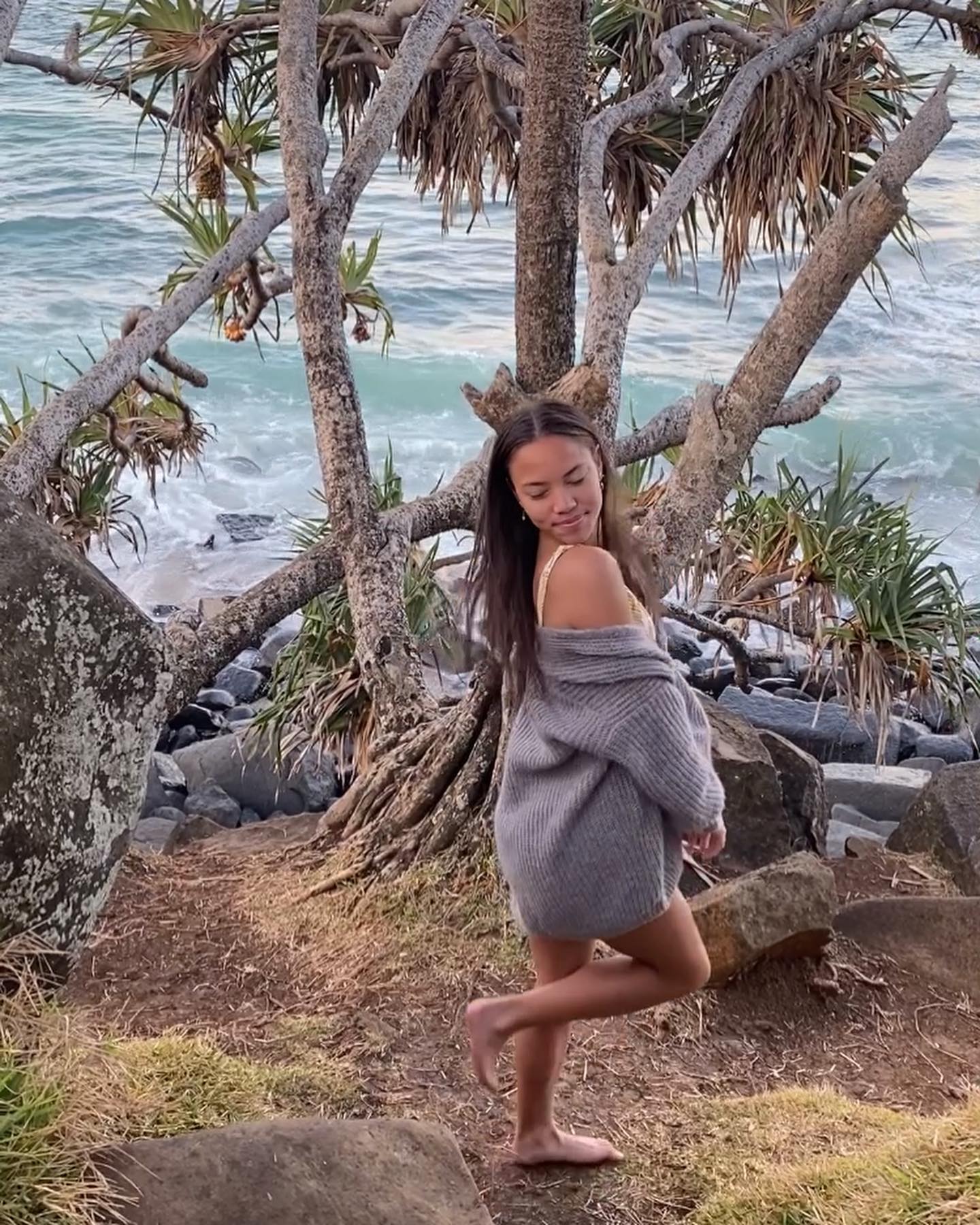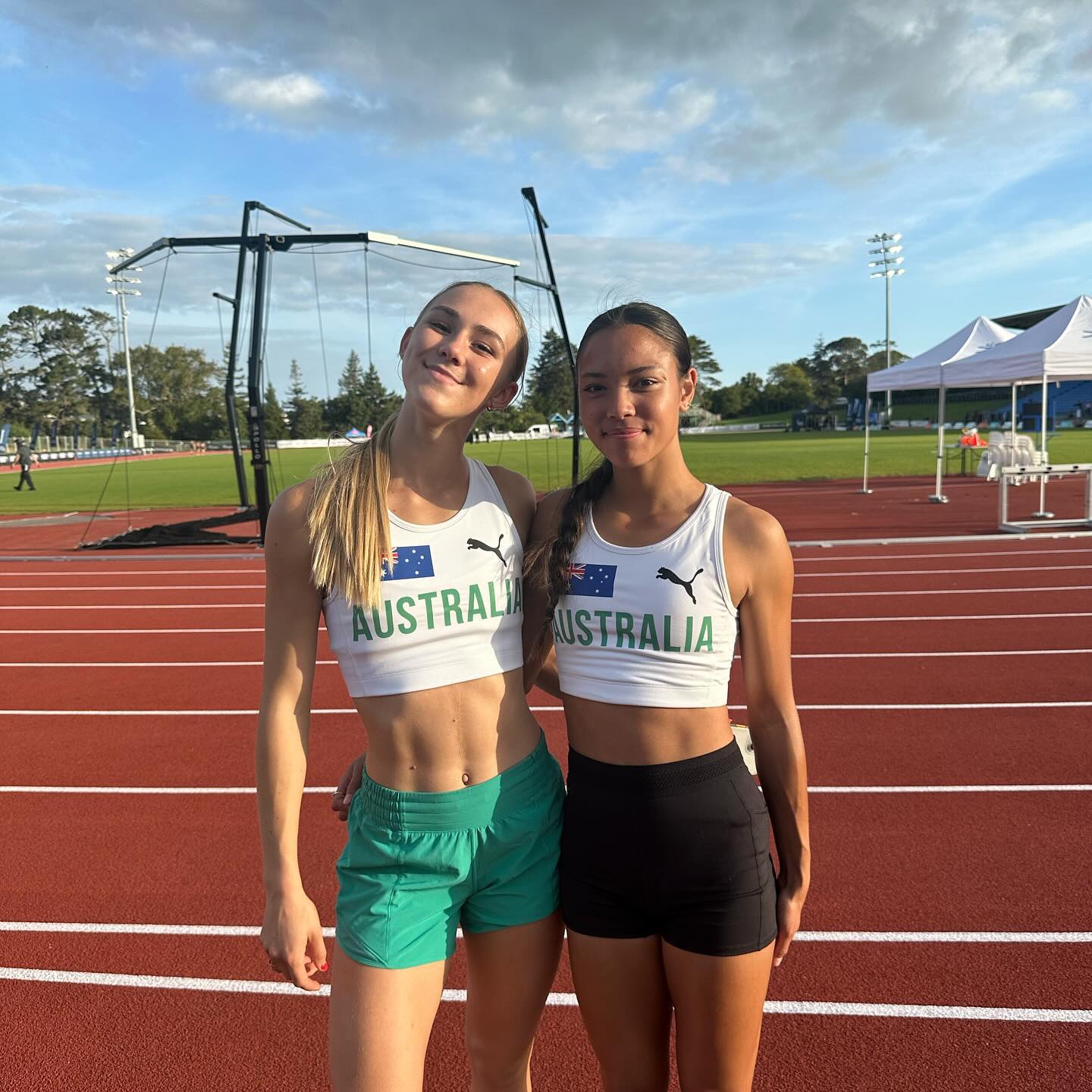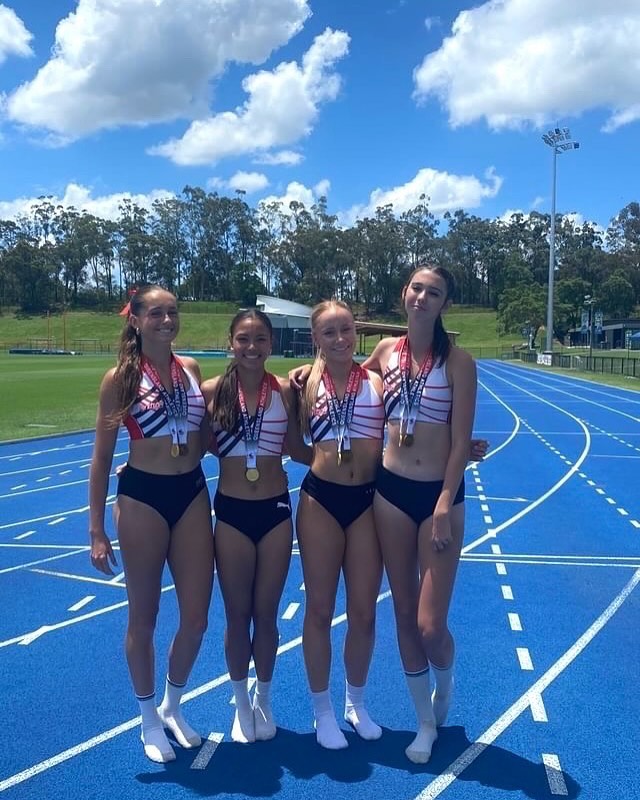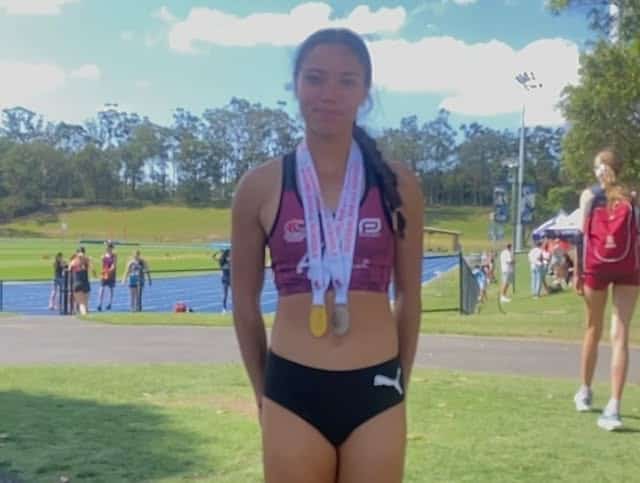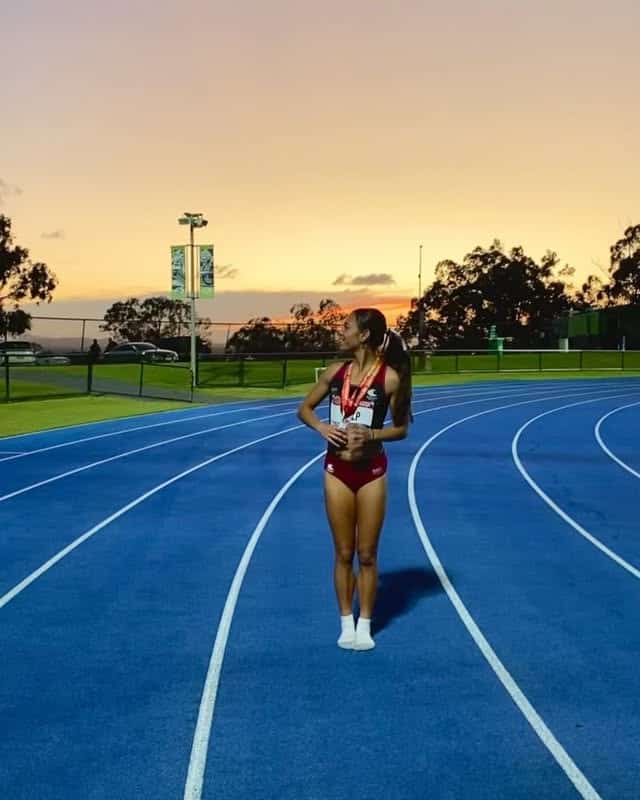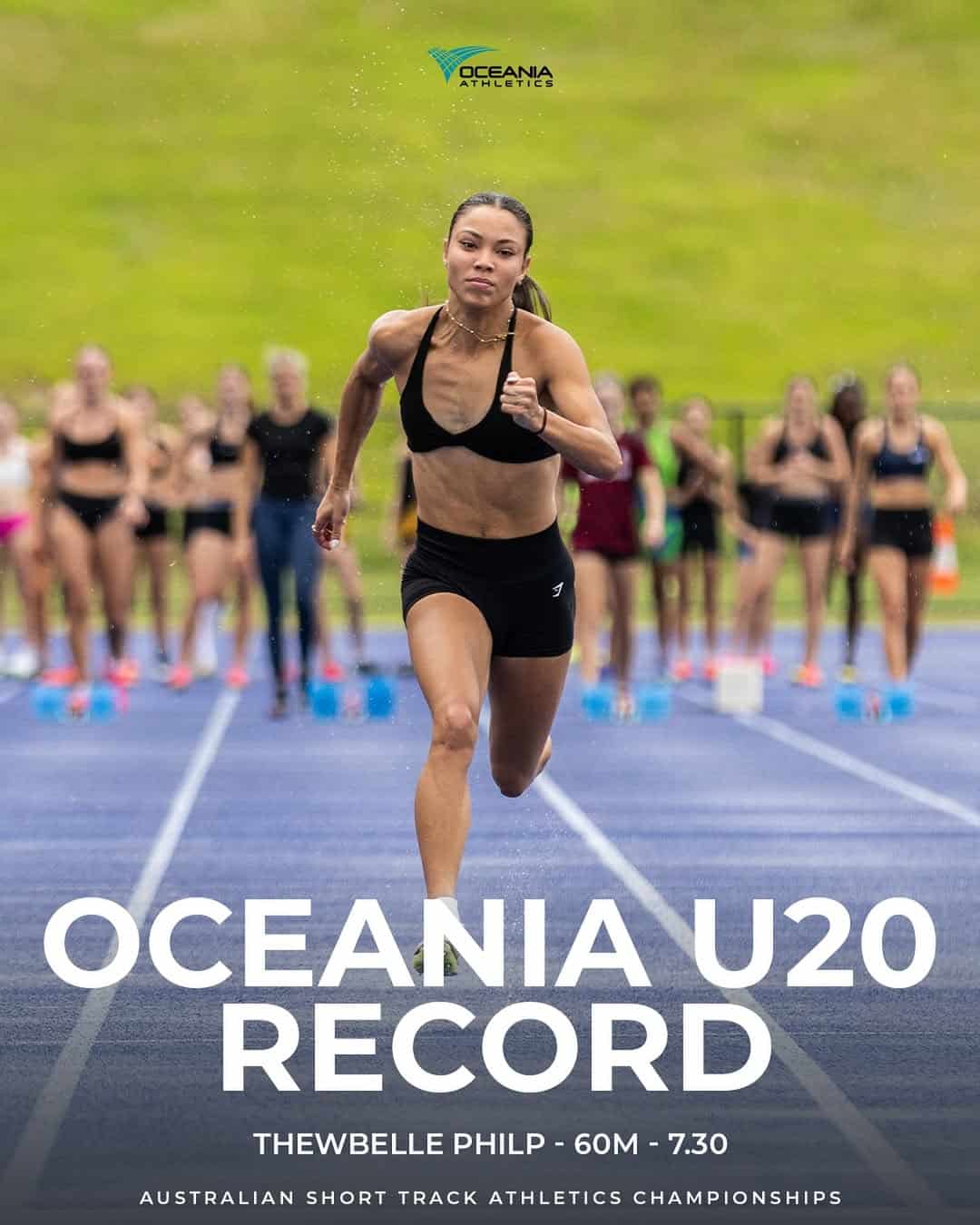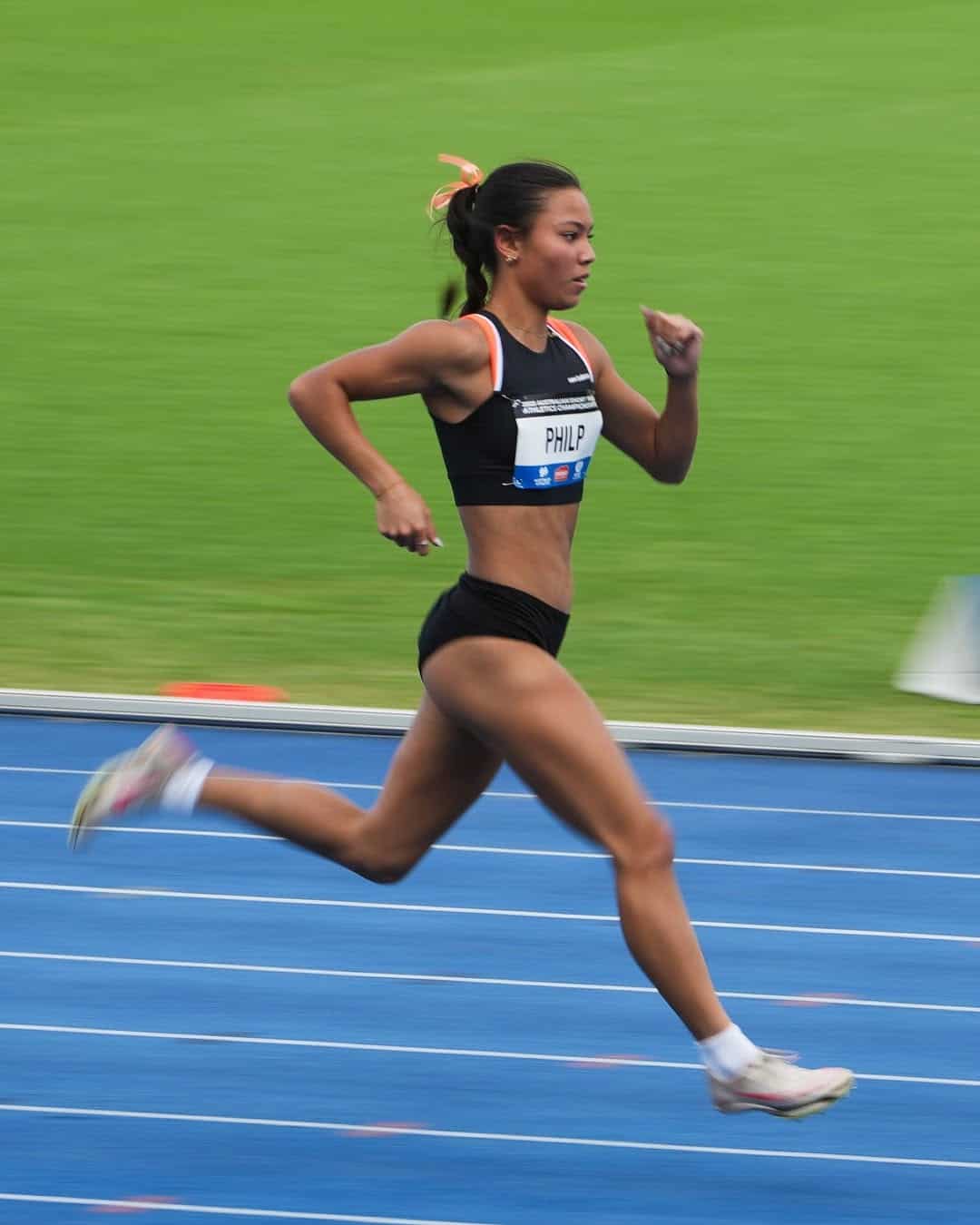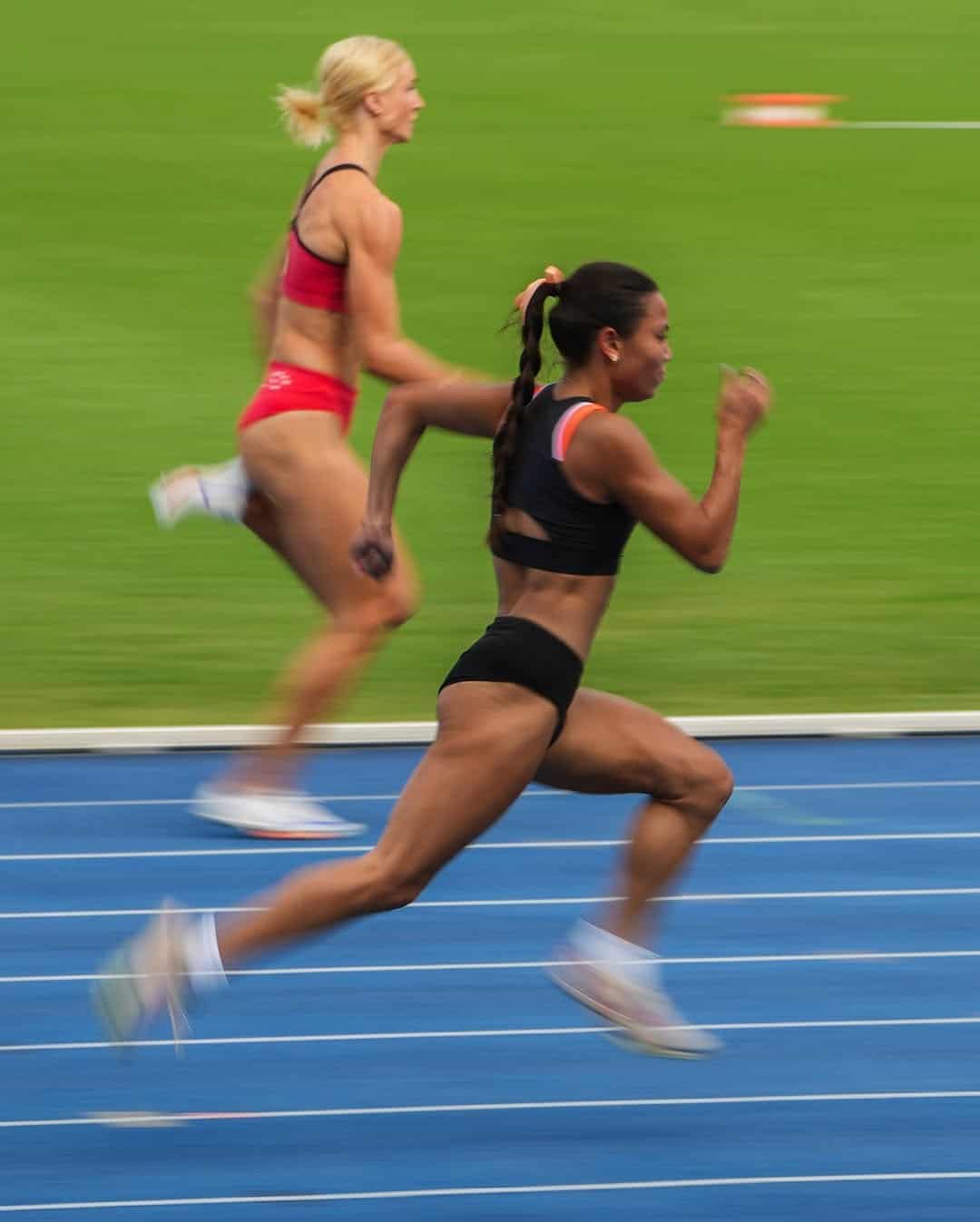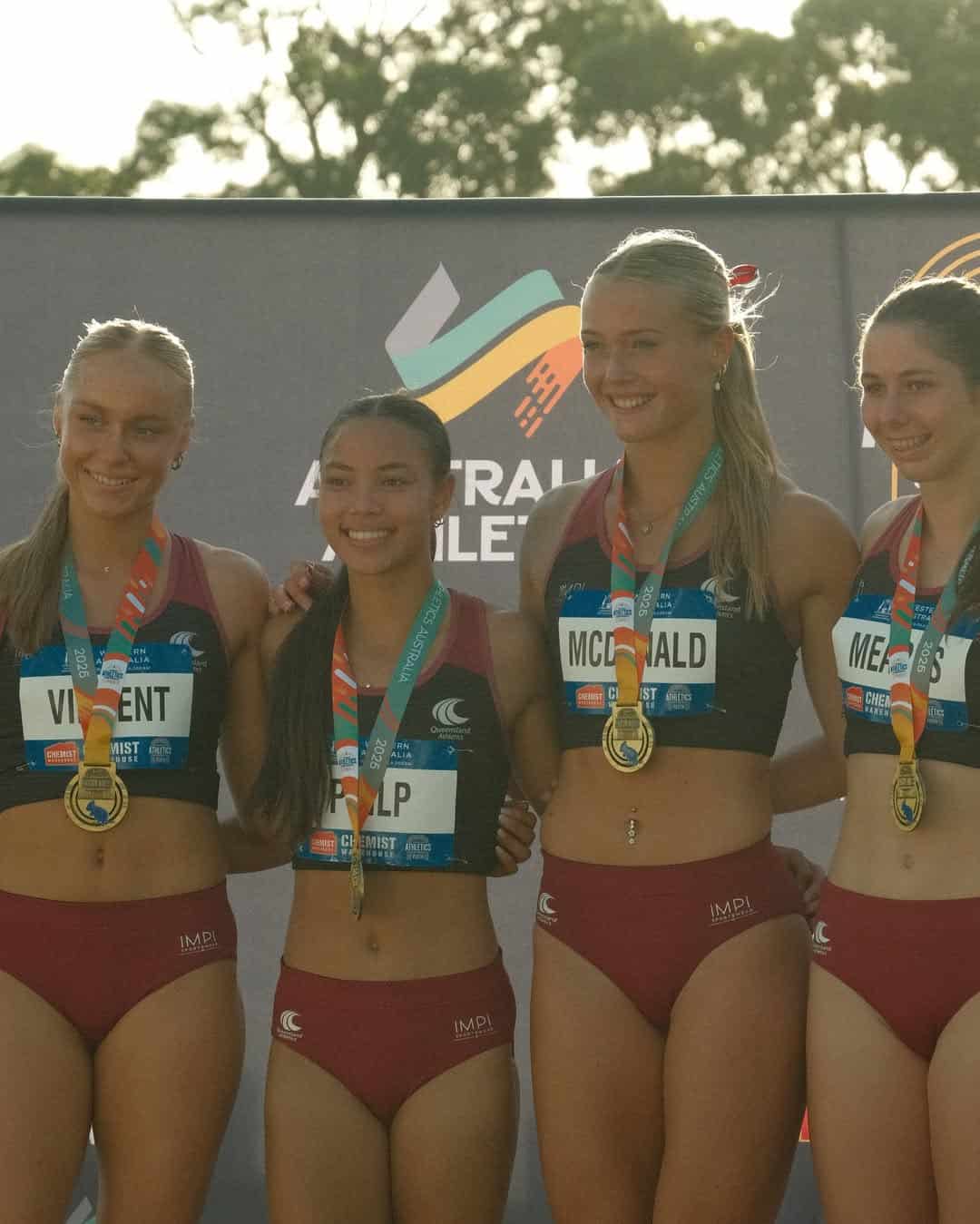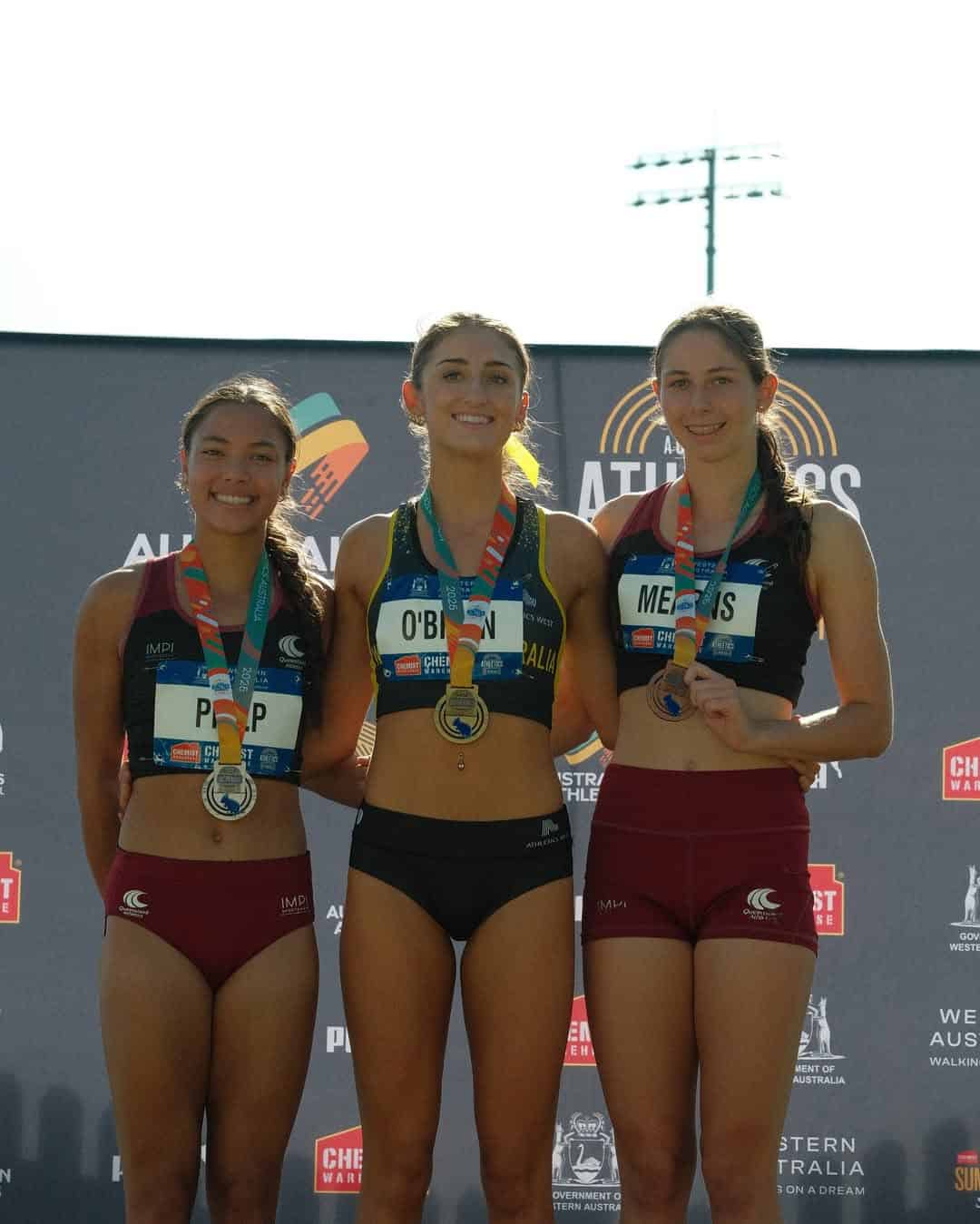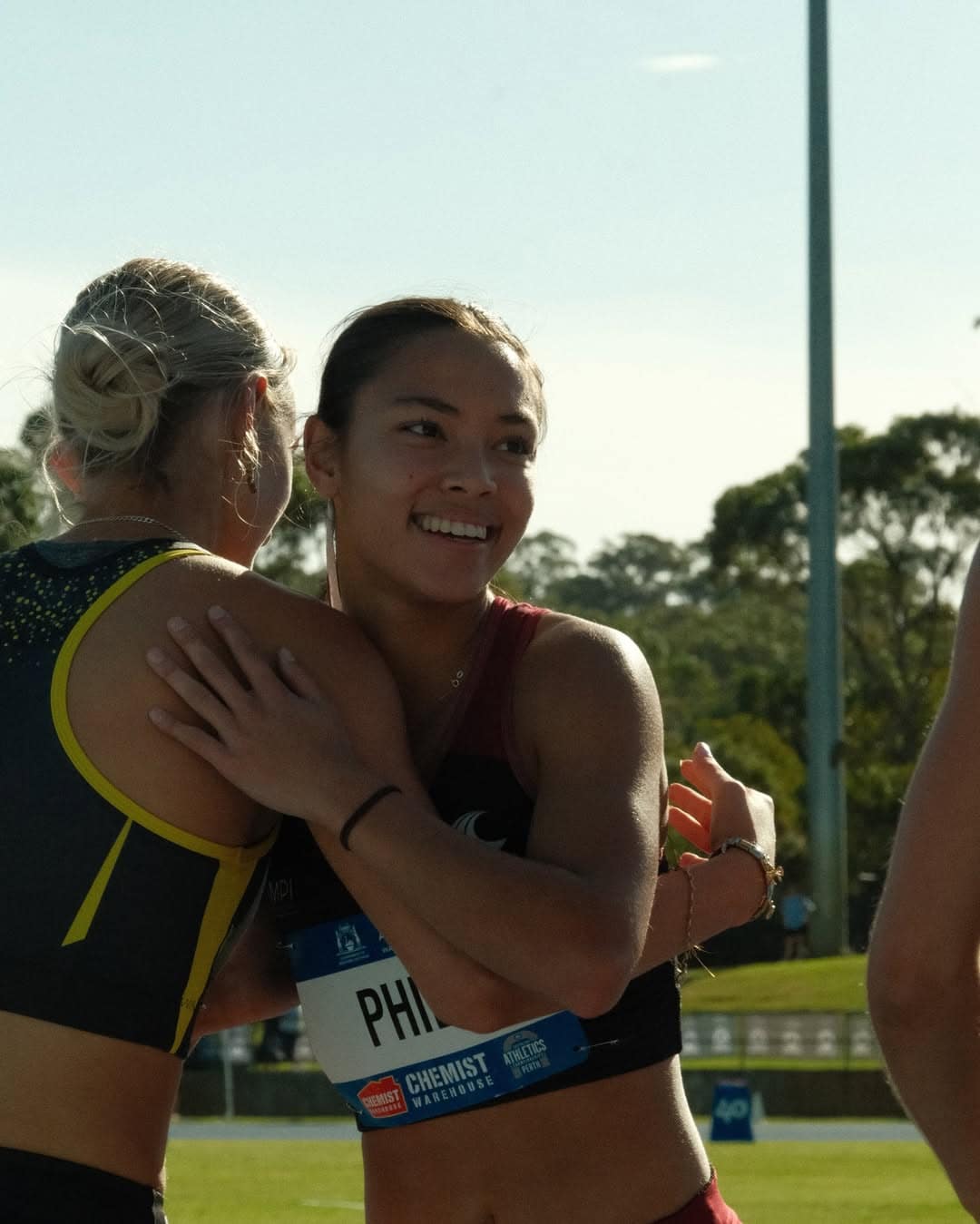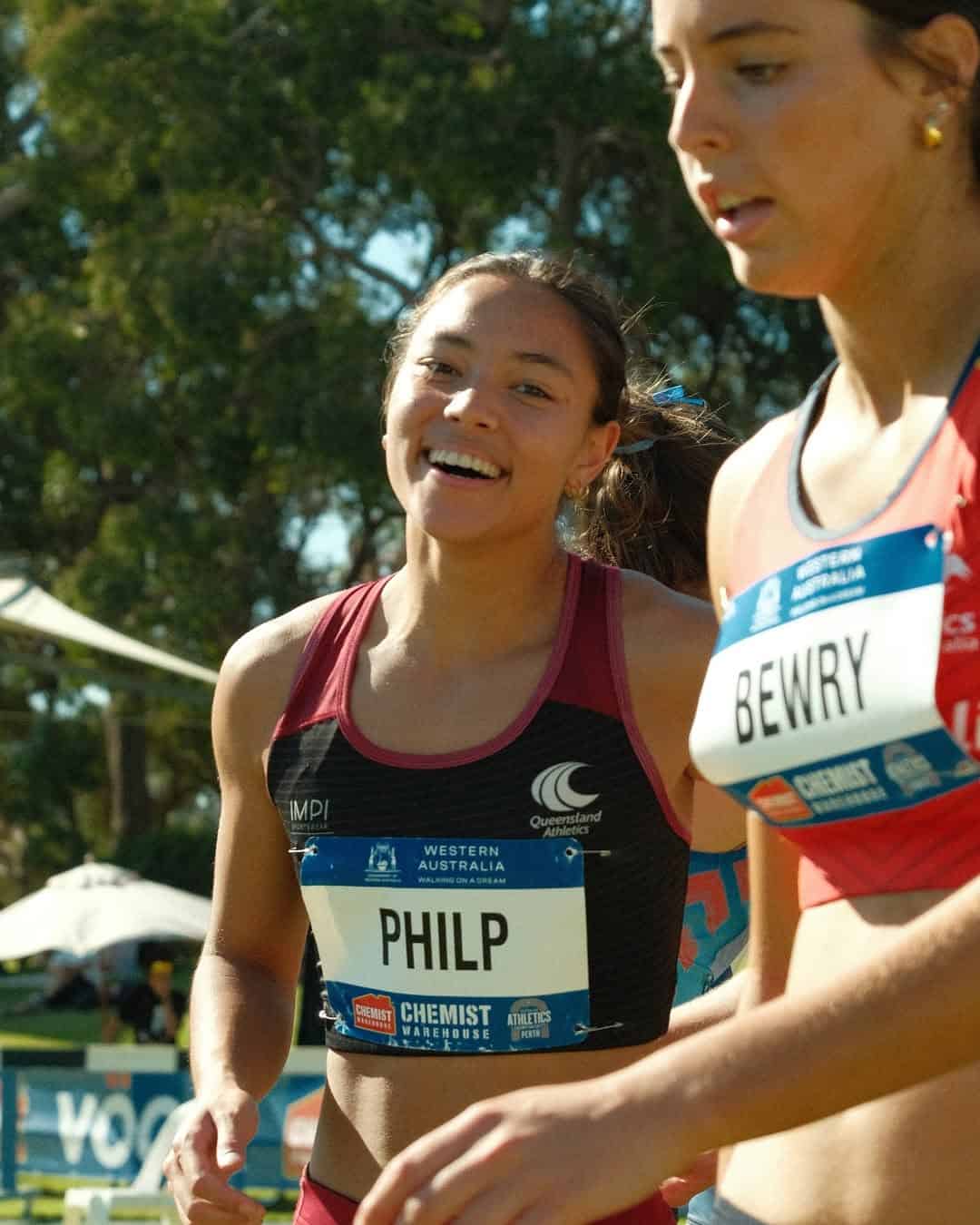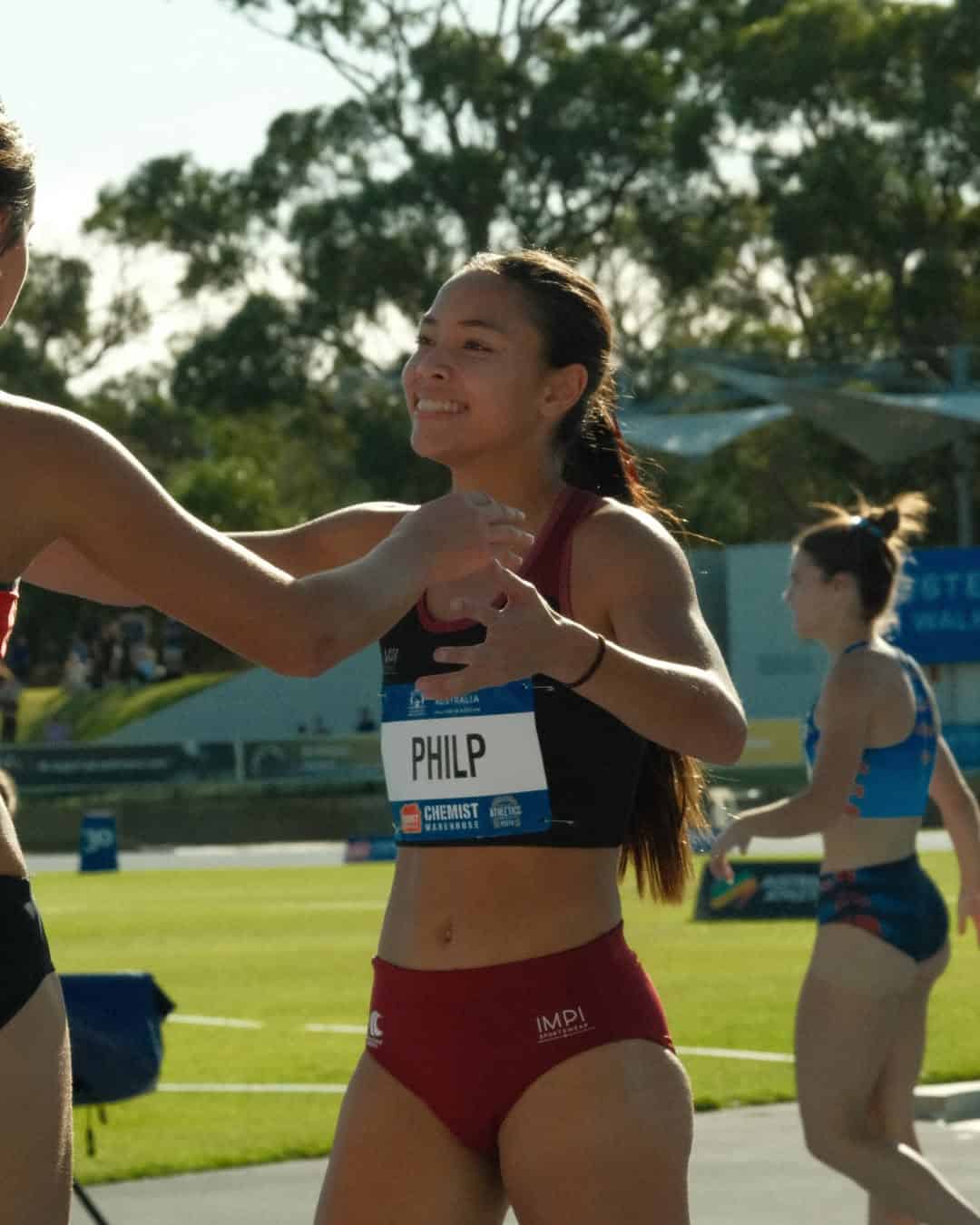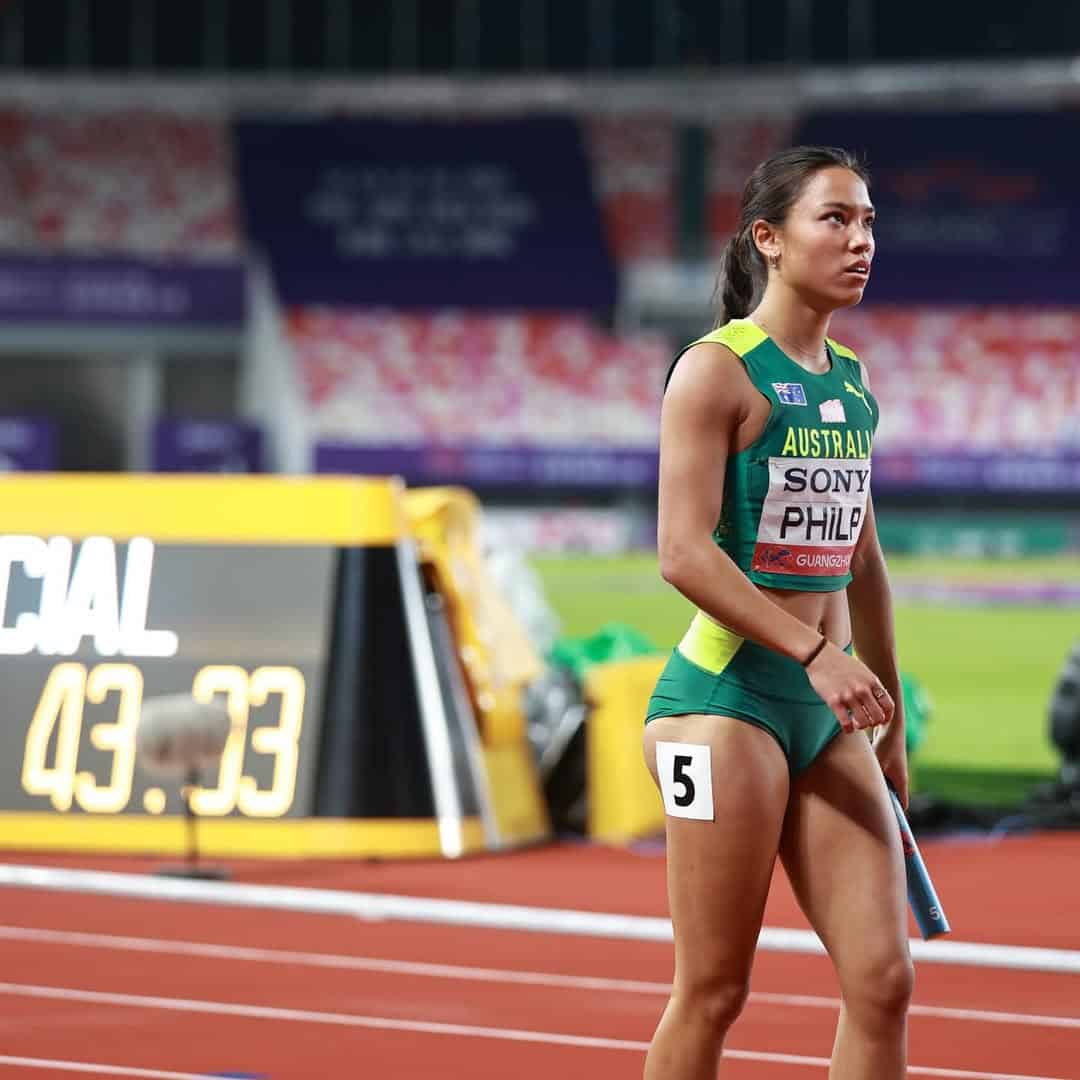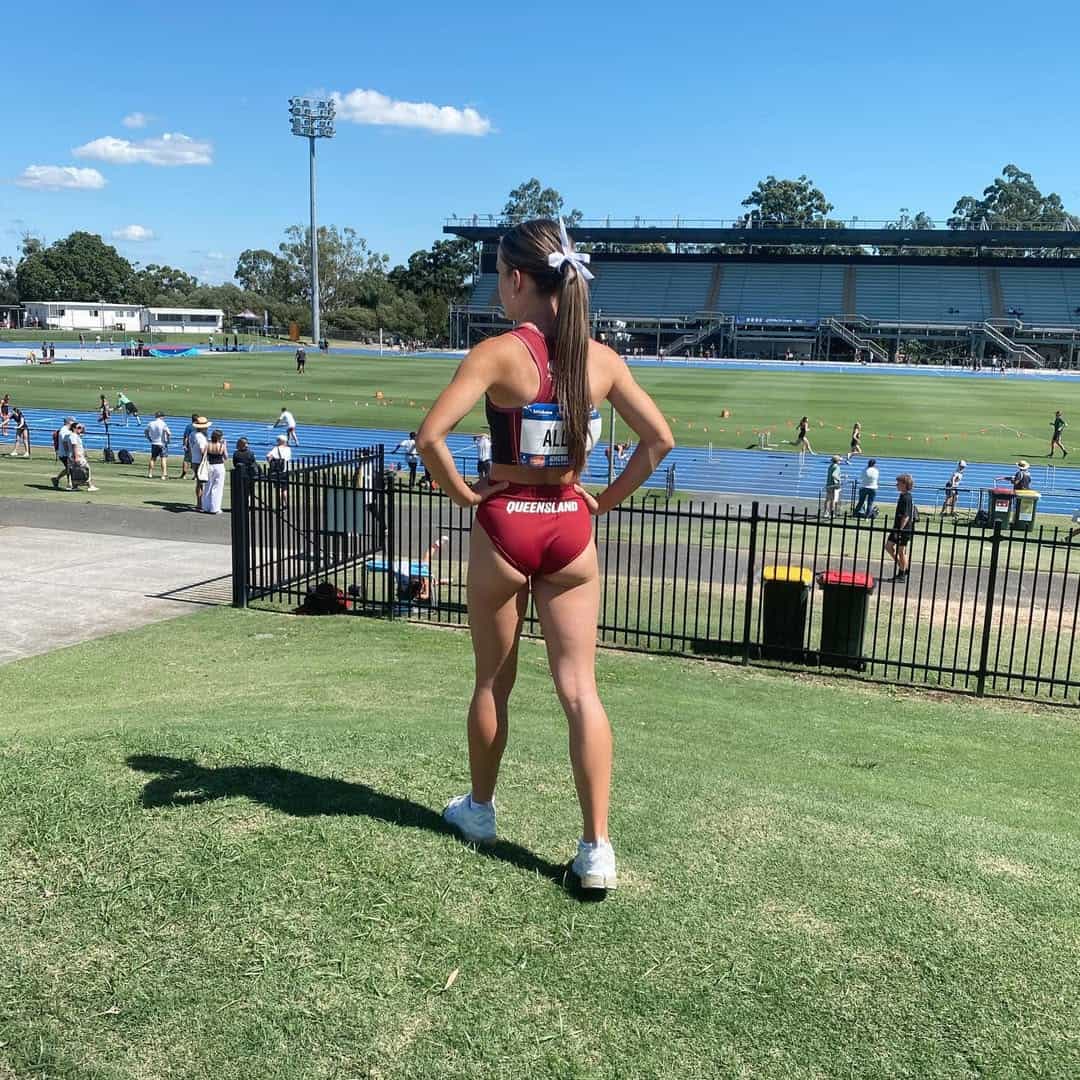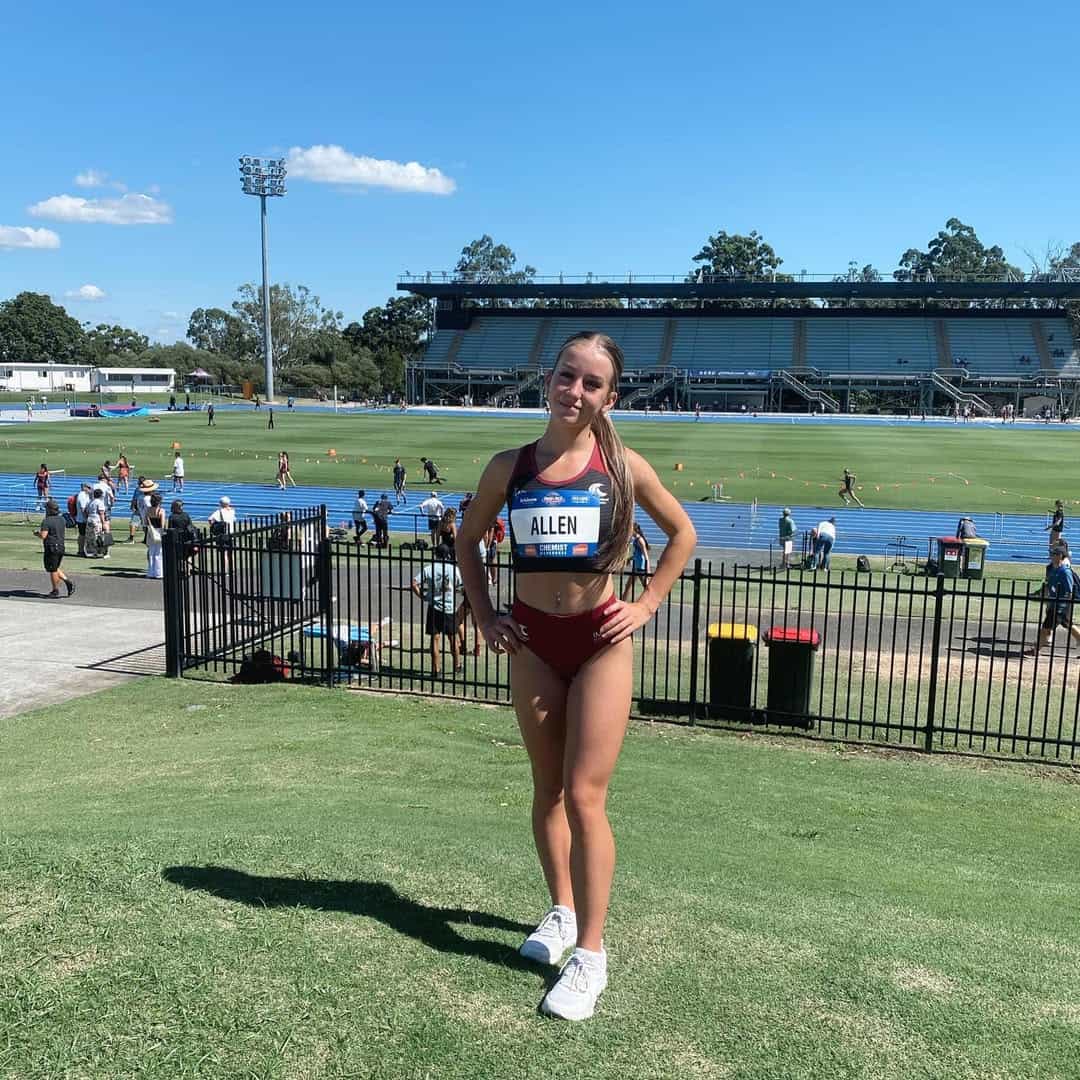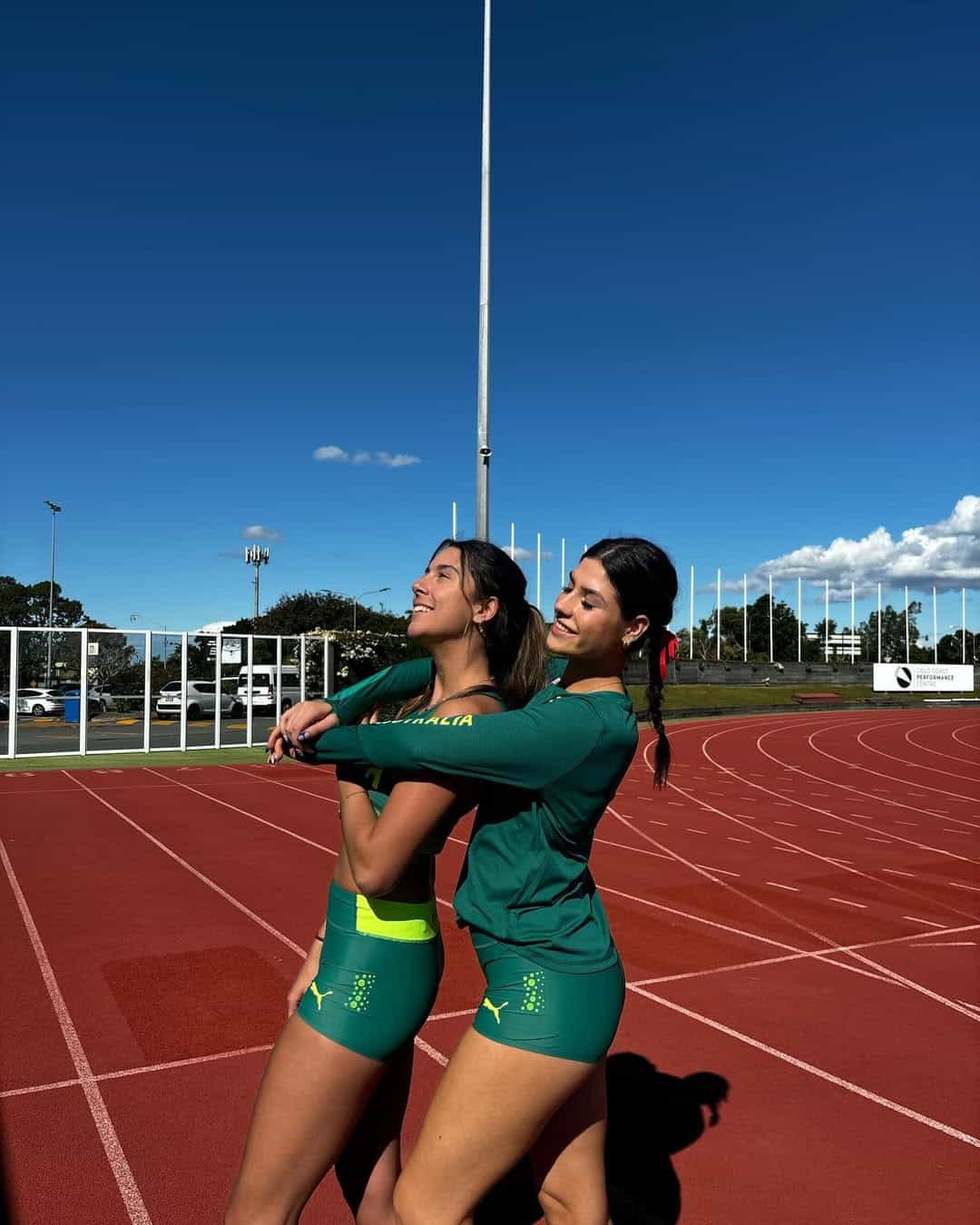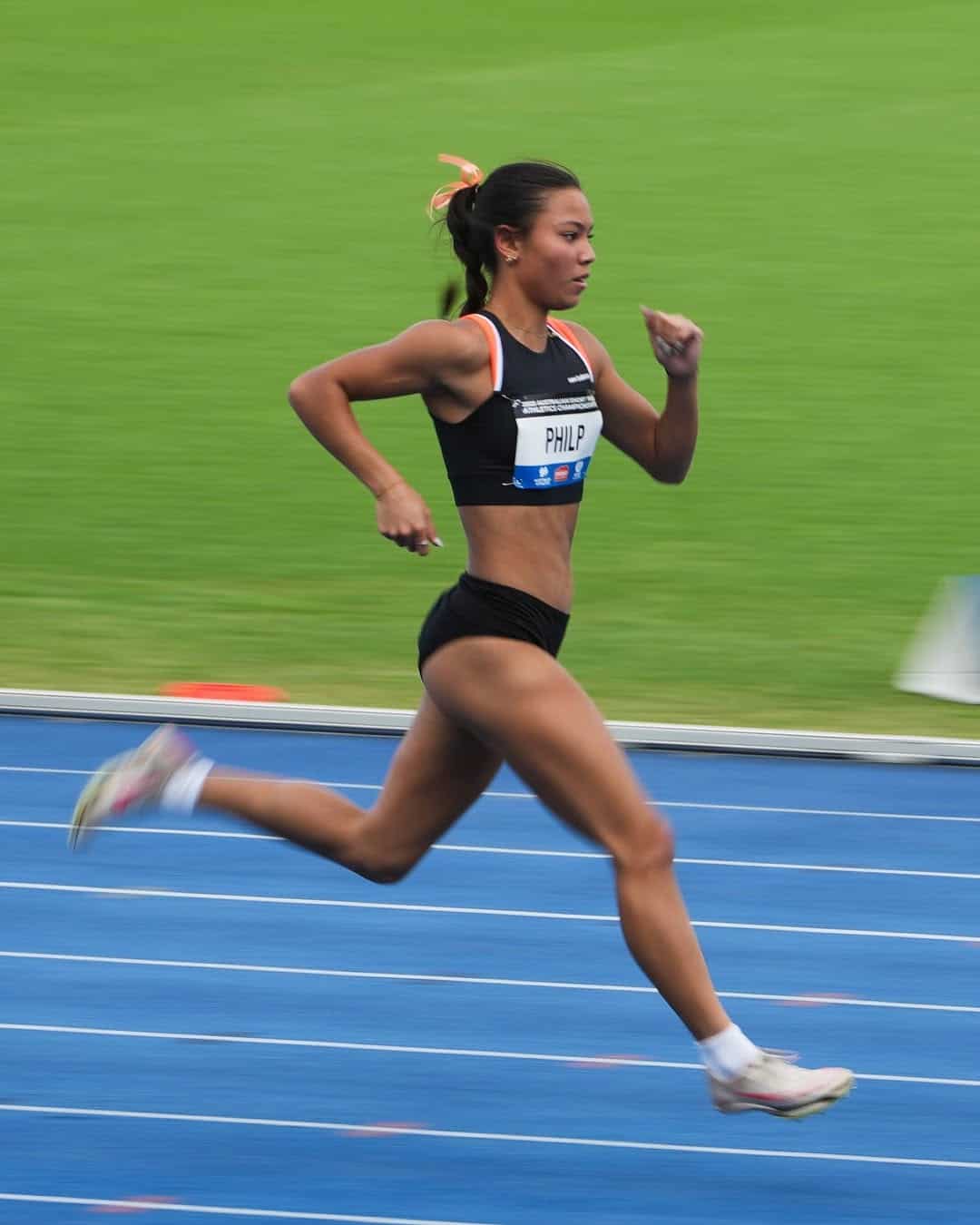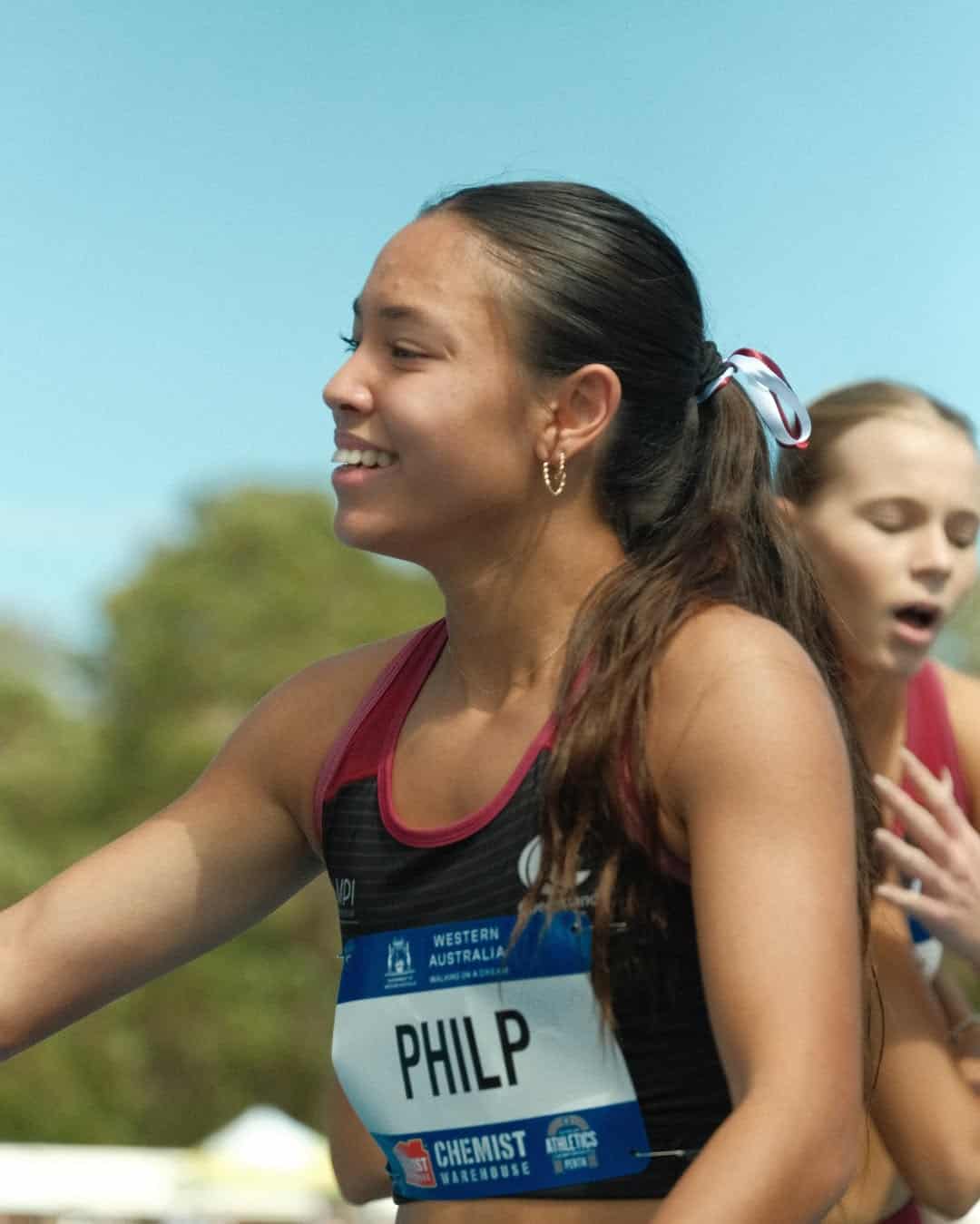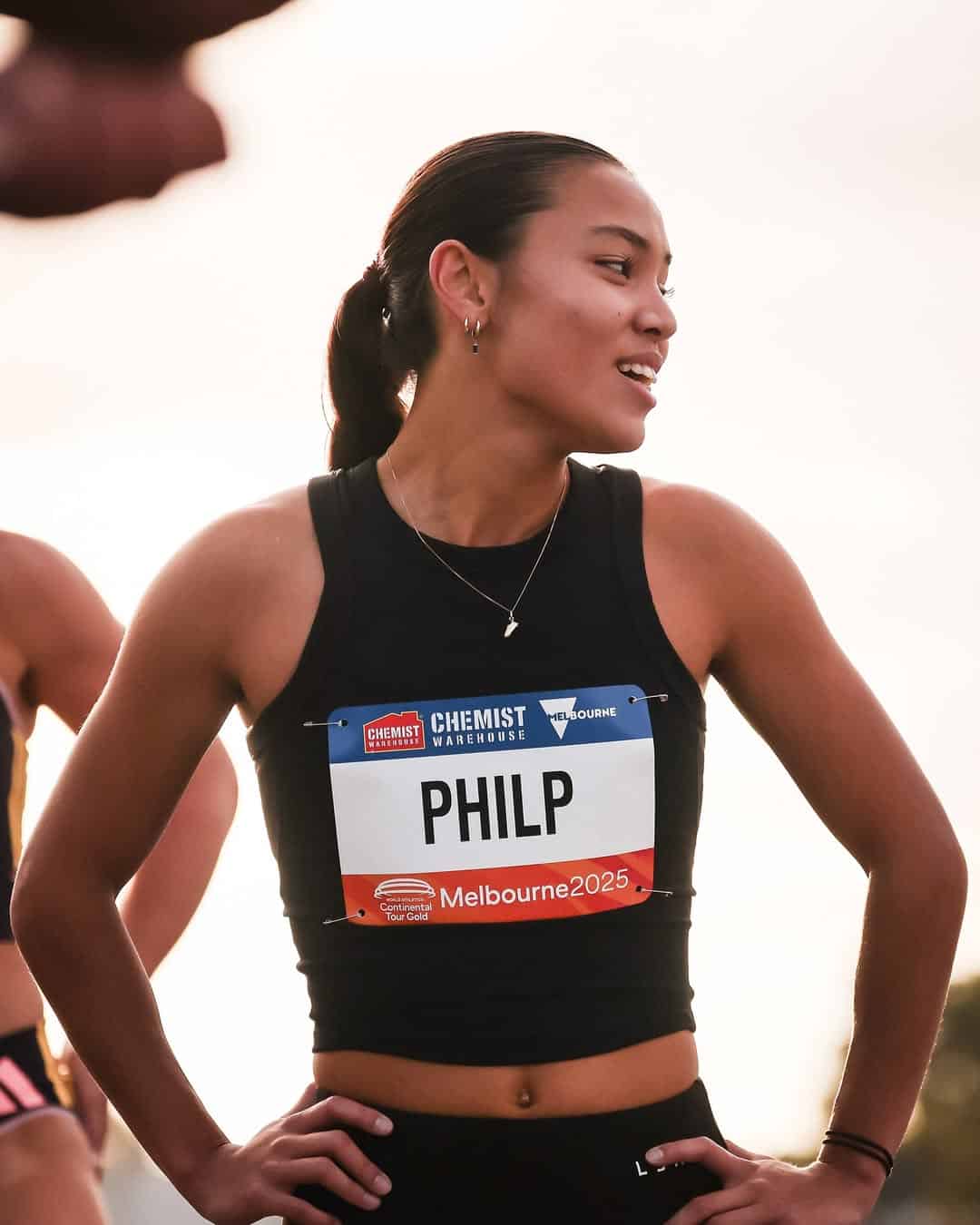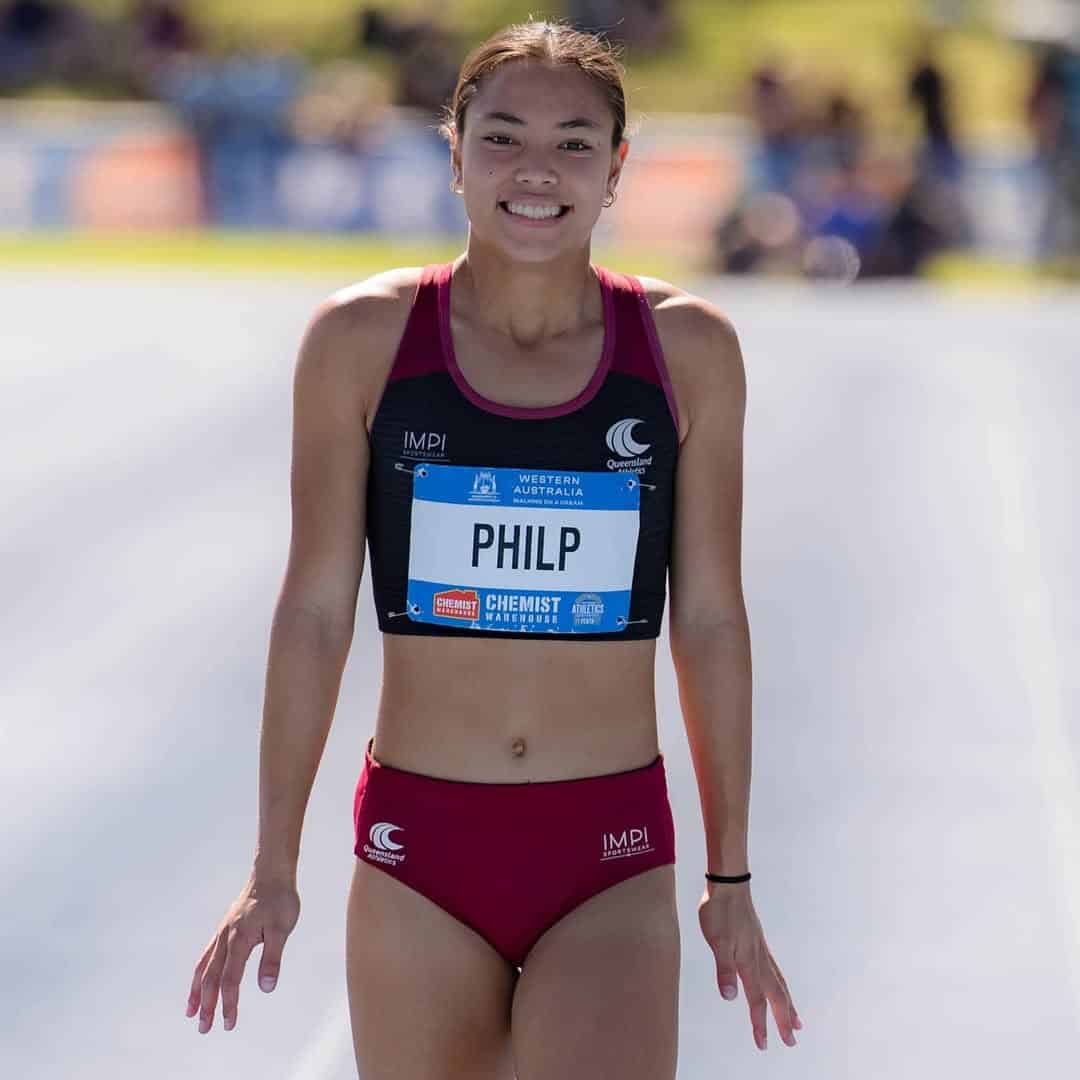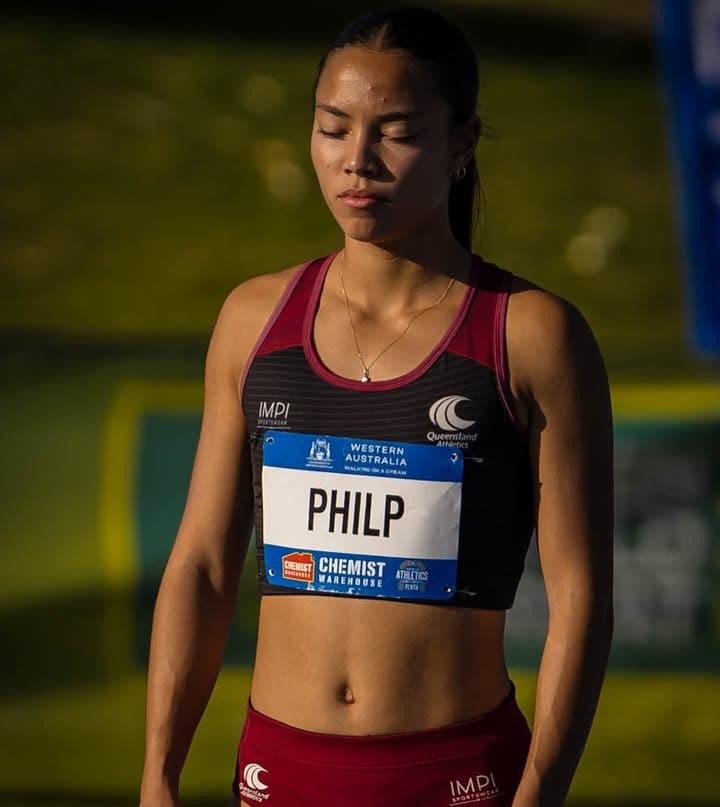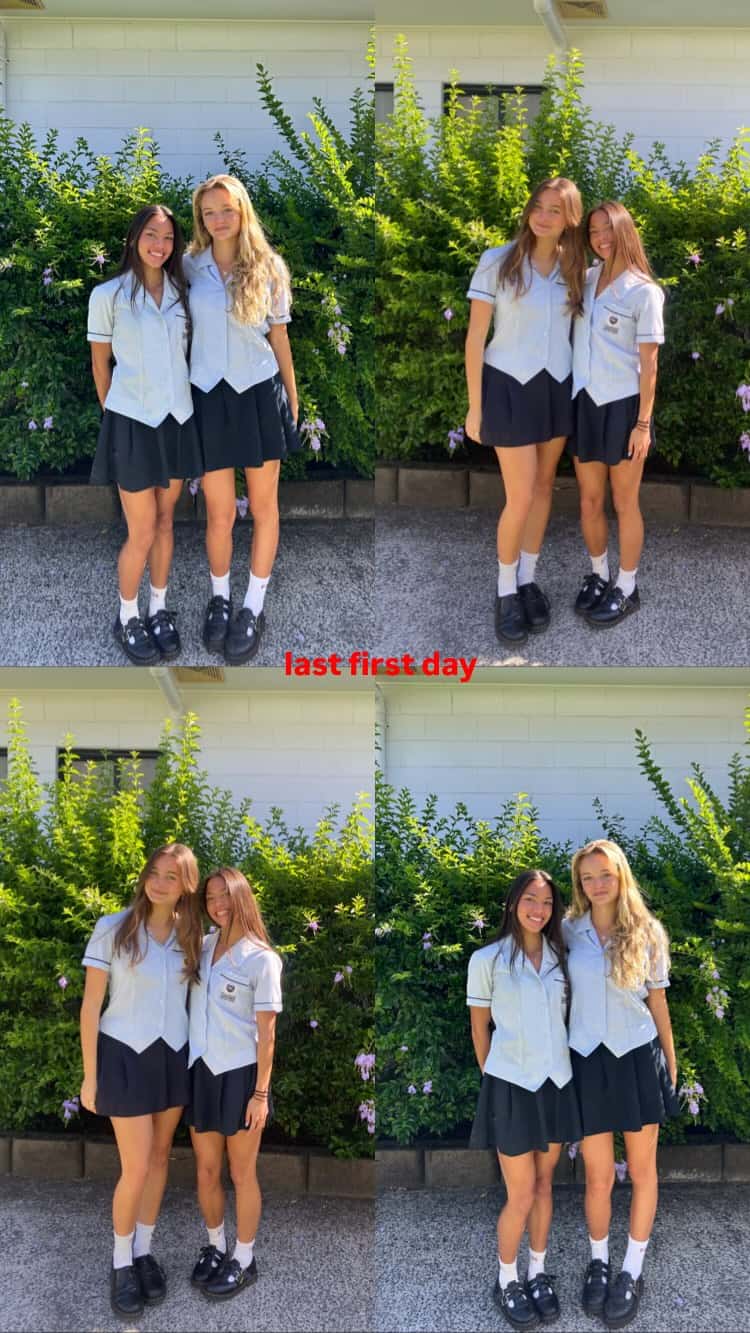Thewbelle Philp: Australia’s Sprint Prodigy Blazing a Trail to Global Prominence
Thewbelle Philp has emerged as one of Australia’s most electrifying young track talents, combining Indigenous Minjungbal and Filipino heritage with a work ethic that has produced record-shattering performances across sprint disciplines. At just 17 years old (born April 5, 2008), this Gold Coast native has already rewritten national junior records, represented Australia at World U20 Championships, and positioned herself as a leading contender for the Brisbane 2032 Olympics3712. Her journey from a premature infant weighing 1.2kg to a 100m/200m sensation embodies resilience, while her technical mastery of race starts has drawn comparisons to Olympic champion Shelly-Ann Fraser-Pryce28.
Early Life and Cultural Foundations
Overcoming Adversity Through Sport
Born 11 weeks premature in 2008, Philp’s early survival in neonatal intensive care foreshadowed the tenacity that would define her athletic career8. Raised in a multicultural household – her father from the Minjungbal people of the Bunjalung Nation and her mother a Filipino immigrant – Philp credits this dual heritage for her explosive power and compact 157cm frame312. Initial forays into athletics at age five proved short-lived, but the 2018 Commonwealth Games on home soil reignited her passion when witnessing fellow Indigenous athlete Cedric Dubler compete713.
Developmental Years and Coaching Evolution
Returning to track at age ten with Mudgeeraba Little Athletics Club, Philp’s raw talent became apparent through district record-breaking performances in U12/U14 categories11. Early coaching under local mentors focused on developing her signature explosive start – a technique that would later see her initial 30m times rival senior national squad members13. By 15, she had attracted attention from Athletics Australia’s development program, beginning specialized training in block clearance and acceleration mechanics12.
Meteoric Rise Through Junior Ranks
National Dominance (2023-2024)
Philp announced herself as a future star at the 2024 Australian All Schools Championships, clocking 11.38s (+1.5) in the U17 100m to become Australia’s third-fastest U18 sprinter behind legends Raelene Boyle and Torrie Lewis610. This performance, achieved through a start so efficient that commentators compared it to “a bullet leaving the chamber,” showcased her ability to maintain form under pressure26. Simultaneously in the 200m, her 23.21s PB demonstrated rare endurance for a teenage sprinter712.
International Breakthrough
Selection for the 2024 World U20 Championships in Lima, Peru marked Philp’s global arrival at just 16. Leading off Australia’s 4x100m relay team, her blistering opening legs helped secure qualification for the final – a rare feat for an Australian junior women’s squad3711. Though narrowly missing individual finals, her 100m heat performance against older competitors provided crucial big-stage experience13.
Technical Mastery and Training Philosophy
The Science of Starts
Philp’s coaching team has optimized her greatest weapon – reaction times averaging 0.12s that consistently place her ahead by the 20m mark26. Biomechanical analysis reveals:
-
45° front knee angle at set position for maximal force production
-
Sequential arm drive synchronizing with opposite leg extension
-
Low heel recovery maintaining center of gravity during acceleration
This technical precision, honed through 20-hour weekly training regimens, allows her to overcome taller competitors’ stride advantages313.
Periodization and Cross-Training
Her program under Athletics Australia’s high-performance staff blends:
-
Acceleration Phase: Hill sprints on Burleigh Heads slopes (8% incline)
-
Maximum Velocity: Overspeed training via 2% downhill sprint zones
-
Recovery: Aquatic therapy in Gold Coast surf breaks
Balancing Year 11 studies and part-time supermarket work, Philp utilizes visualization techniques during shifts – “I mentally rehearse relay exchanges while stacking shelves”313.
Record-Shattering 2025 Campaign
Indoor Revolution
The 2025 Australian Short Track Championships saw Philp demolish the national U20 60m record with 7.30s – a time placing her top 50 globally among seniors57. This performance, achieved through improved mid-race transition from acceleration to upright running, positioned her as a World Indoor Championship qualifier5.
Heritage as Motivation
Embracing her Indigenous/Filipino identity, Philp collaborates with Deadly Choices health initiative, using sporting success to inspire First Nations youth1213. Her pre-race ritual of applying ochre warpaint symbolizes connection to Country while honoring her father’s Minjungbal heritage12.
Future Trajectory and Legacy
Road to Brisbane 2032
With eyes firmly set on home soil Olympics, Philp’s progression curve suggests potential to challenge Torrie Lewis’ national 100m record (11.10s) by 2027610. Scheduled 2025 competitions against Olympic semifinalist Bree Masters will test her against elite senior competition3.
Technical Development Areas
Coaches identify key focus areas:
-
Late-Race Posture: Minimizing thoracic flexion beyond 70m
-
Stride Frequency: Increasing from 4.6 to 4.8 strides/second
-
Race Modeling: Using AI simulation to optimize lane-specific strategies
Conclusion
Thewbelle Philp represents a new era of Australian sprinting – technically sophisticated, culturally grounded, and globally ambitious. Her ability to synthesize Indigenous resilience with Filipino determination has produced an athlete capable of redefining expectations for antipodean sprinters. As she progresses through senior ranks, Philp’s story transcends athletics, embodying the potential of multicultural Australia while inspiring a generation to “run with heritage, race for the future”1213. With seven years until Brisbane 2032, each thunderous start brings this pocket rocket closer to etching her name alongside Freeman and Boyle in the pantheon of Australian track legends38.
Go Thewbelle!
